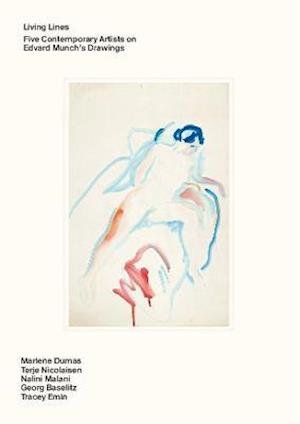
Tell your friends about this item:
Quoting Caravaggio
Mieke Bal
Quoting Caravaggio
Mieke Bal
As period, as style, as sensibility, the Baroque remains elusive, its definition subject to dispute. Perhaps this is so in part because baroque vision resists separation of mind and body, form and matter, line and color, image and discourse. In "Quoting Caravaggio", Mieke Bal deploys this insight of entanglement as a form of art analysis, exploring its consequences for both contemporary and historical art, as well as for current conceptions of history. Mieke Bal's primary object of investigation in "Quoting Caravaggio" is not the great 17th-century painter, but rather the issue of temporality in art. In order to retheorize linear notions of influence in cultural production, Bal analyzes the productive relationship between Caravaggio and a number of late-20th-century artists who "quote" the baroque master in their own works. These artists include Andres Serrano, Carrie Mae Weems, Ken Aptekar, David Reed, and Ana Mendieta, among others. Each chapter of "Quoting Caravaggio" shows particular ways in which quotation is vital to the new art but also to the source from which it is derived.
Through such dialogue between present and past, Bal argues for a notion of "preposterous history" where works that appear chronologically first operate as an aftereffect caused by the images of subsequent artists. "Quoting Caravaggio" is at once a meditation on history as creative, nonlinear process; a study of the work of Caravaggio and the Baroque; and, a critical exposition of contemporary artistic representation and practice.
| Media | Books Hardcover Book (Book with hard spine and cover) |
| Released | August 1, 1999 |
| ISBN13 | 9780226035567 |
| Publishers | The University of Chicago Press |
| Pages | 328 |
| Dimensions | 228 × 247 × 30 mm · 1.43 kg |
| Language | English |

 Christmas presents can be returned until 31 January
Christmas presents can be returned until 31 January






![Cover for Mieke Bal · Narratology: Introduction to the Theory of Narrative, Fourth Edition (Paperback Book) [4th edition] (2017)](https://imusic.b-cdn.net/images/item/original/342/9781442628342.jpg?mieke-bal-2017-narratology-introduction-to-the-theory-of-narrative-fourth-edition-paperback-book&class=scaled&v=1507665271)


![Cover for Mieke Bal · The Artemisia Files: Artemisia Gentileschi for Feminists and Other Thinking People (Paperback Book) [New edition] (2006)](https://imusic.b-cdn.net/images/item/original/826/9780226035826.jpg?mieke-bal-2006-the-artemisia-files-artemisia-gentileschi-for-feminists-and-other-thinking-people-paperback-book&class=scaled&v=1397424890)
![Cover for Mieke Bal · A Mieke Bal Reader (Paperback Book) [New edition] (2006)](https://imusic.b-cdn.net/images/item/original/857/9780226035857.jpg?mieke-bal-2006-a-mieke-bal-reader-paperback-book&class=scaled&v=1397424875)







![Cover for Mieke Bal · On Story-telling: Essays in Narratology: Essays in Narratology (Paperback Book) [Annotated edition] (1991)](https://imusic.b-cdn.net/images/item/original/170/9780944344170.jpg?mieke-bal-1991-on-story-telling-essays-in-narratology-essays-in-narratology-paperback-book&class=scaled&v=1504969365)

![Cover for Mieke Bal · Murder and Difference: Gender, Genre, and Scholarship on Sisera's Death - Biblical Literature (Paperback Book) [New edition] (1988)](https://imusic.b-cdn.net/images/item/original/418/9780253207418.jpg?mieke-bal-1988-murder-and-difference-gender-genre-and-scholarship-on-sisera-s-death-biblical-literature-paperback-book&class=scaled&v=1415362757)